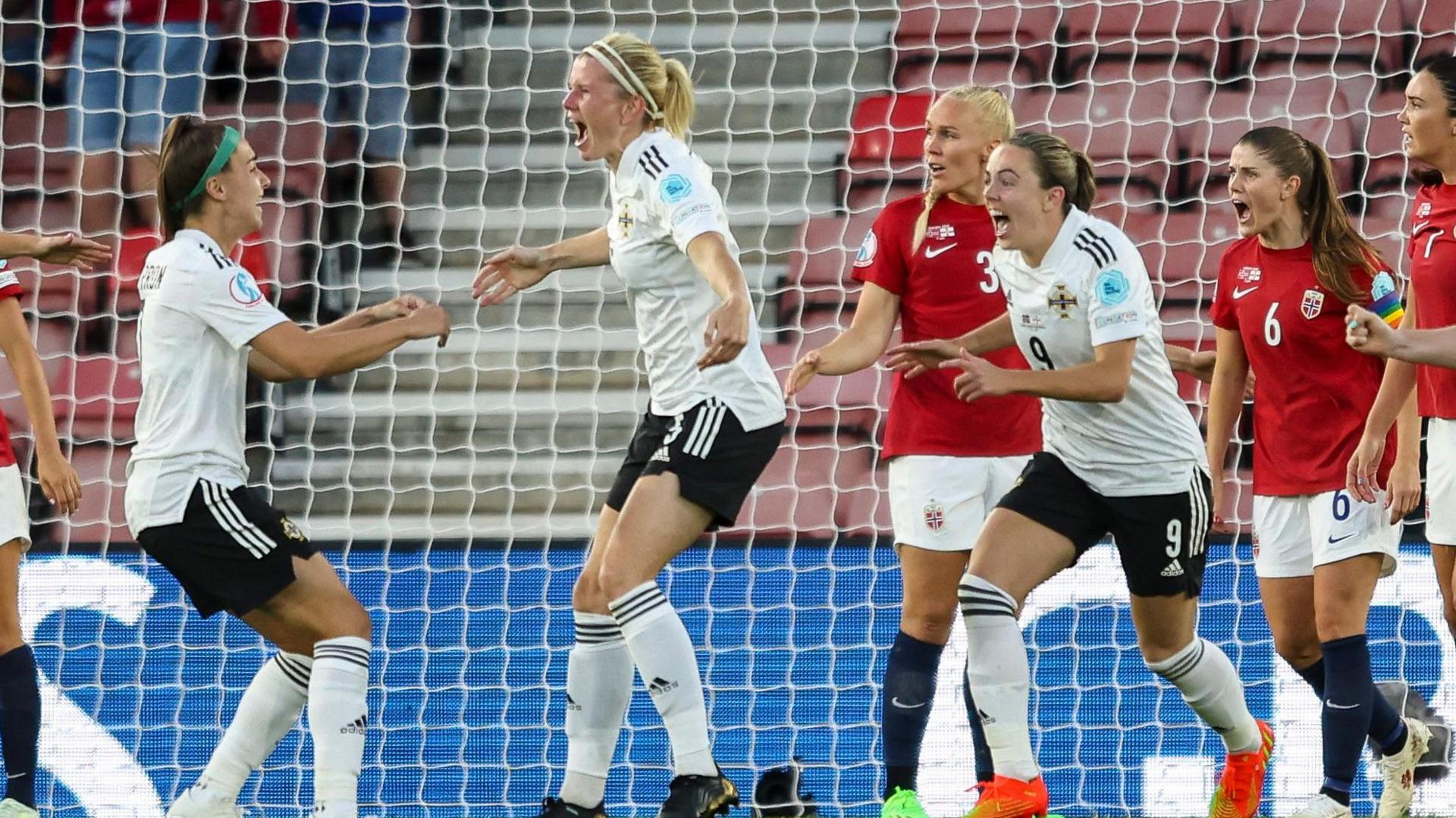 Image source, Getty Images
Image source, Getty Images
It's three years since Julie Nelson scored Northern Ireland's first goal at a major tournament
Andy Gray
BBC Sport NI Journalist
It has been three years since Northern Ireland walked out in Southampton for their first major tournament against Norway at Euro 2022.
It was an achievement even making the finals as a squad largely made up of part-time players battled against the odds.
However, with the latest edition of the tournament now under way, Northern Ireland are sitting at home after their play-off defeat - again at the hands of Norway.
On and off the pitch, how have Northern Ireland progressed or changed since their historic finals appearance?
"The growth in the women's game in Northern Ireland since the Euros is massive," said now-retired record goalscorer Rachel Furness.
"I think there is still a long way to go, but we are definitely going in the right direction.
"Do I think we are there yet on the pitch? No, but do I think the potential is there to be? Yeah, I do."
What has changed?
The most obvious change has been in management, as Kenny Shiels left his role less than a year after the Euros in January 2023.
Andy Waterworth was handed the reins for a friendly with Wales that April, and Gail Redmond took charge for the two July fixtures against Scotland and the Czech Republic.
Australian Tanya Oxtoby, who was Emma Hayes' assistant at Chelsea, was appointed soon after and took charge of her first match in September 2023.
On the playing front, the squad that guided Northern Ireland to the Euros contained a number of players who had been playing international football since the senior team was reformed in 2005.
The shift in focus has been clear by the average age of the squads. Of the 23 players who travelled to Euro 2022, the average age was 26.7 with Julie Nelson (37), Sarah McFadden (36), Furness (34), Ashley Hutton (34) and captain Marissa Callaghan (38) all in the latter stages of their careers.
Despite missing influential striker Simone Magill, who injured her anterior cruciate ligament earlier in the tournament, the average age of the starting team for the final group game with England was 29.6.
The average age of Oxtoby's squad for the post-season Nations League matches had dropped to 25.4, with 11 of the Euro 2022 squad still included.
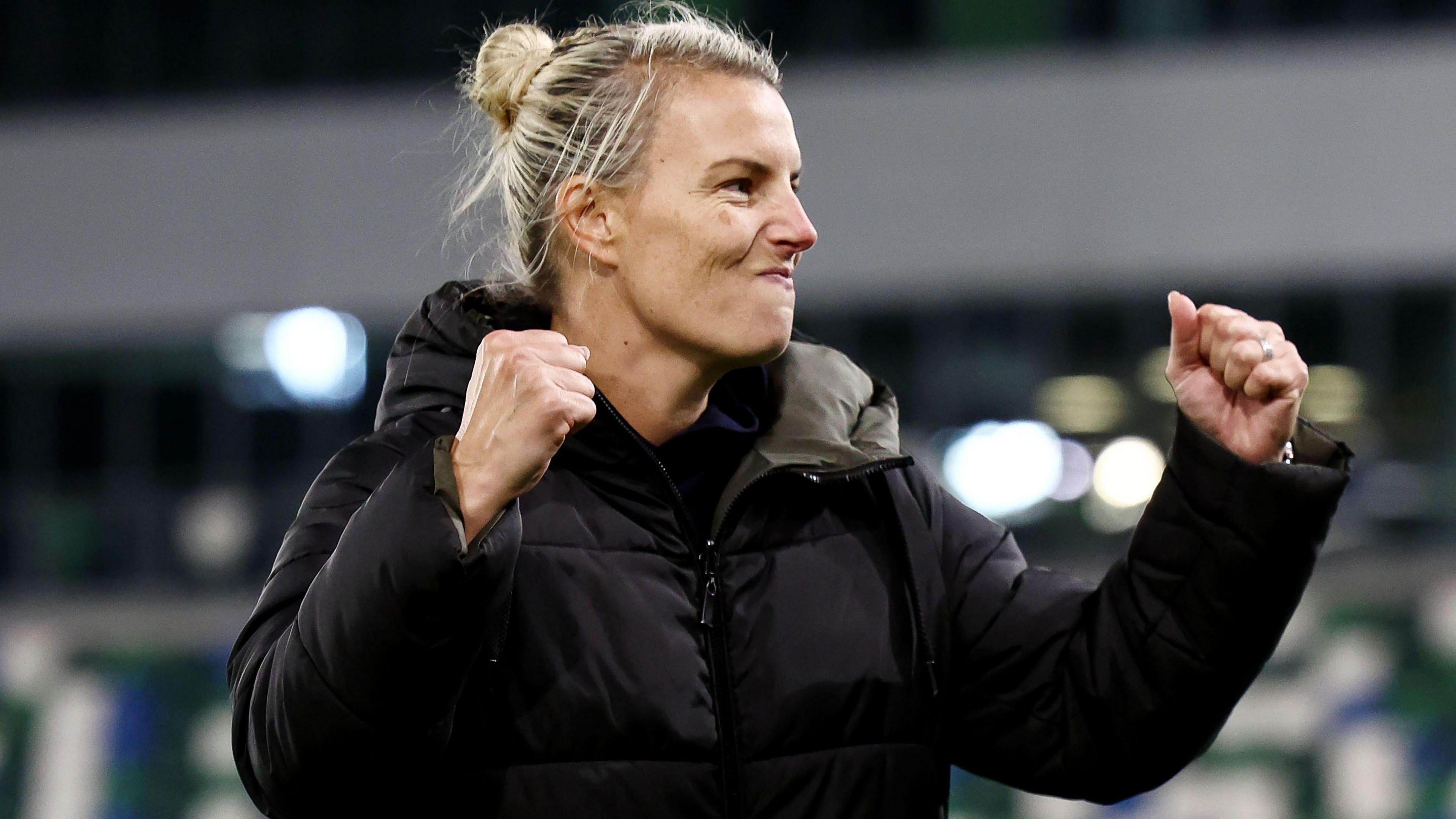 Image source, Press Eye
Image source, Press Eye
Tanya Oxtoby took over as Northern Ireland manager in the summer of 2023
An even clearer indication of the trajectory of the squad came in the average age of the starting team in their final game in Bosnia-Herzegovina, which was just 26.7 - a drop of three years from the Euros.
In terms of experience, there was an average of 42.3 caps in the Euros squad, while the latest iteration actually falls to 32.3, which highlights the groundwork in youth from Shiels and now Oxtoby.
In terms of contracts, 10 of Northern Ireland's squad played their football outside the Women's Premiership.
Now, that has flipped and there are only seven domestic players involved in Oxtoby's set up, and the number of players on full-time professional contracts has doubled from eight to 16.
"Some of the girls in there have experienced it and you have young, hungry girls coming through who are wanting to become professional a lot younger," said Furness.
From inside the camp, Furness said an increase in analysis "down to the fine details" is helping the team make gains "we maybe didn't used to in the past".
"That's what happens in the professional game in England. You look at yourself individually, in units and as the whole team. The girls are now doing that on camp.
"It's the little tweaks and giving the young girls the exposure and experience now to see it come good in the next year or two."
What do the stats say?
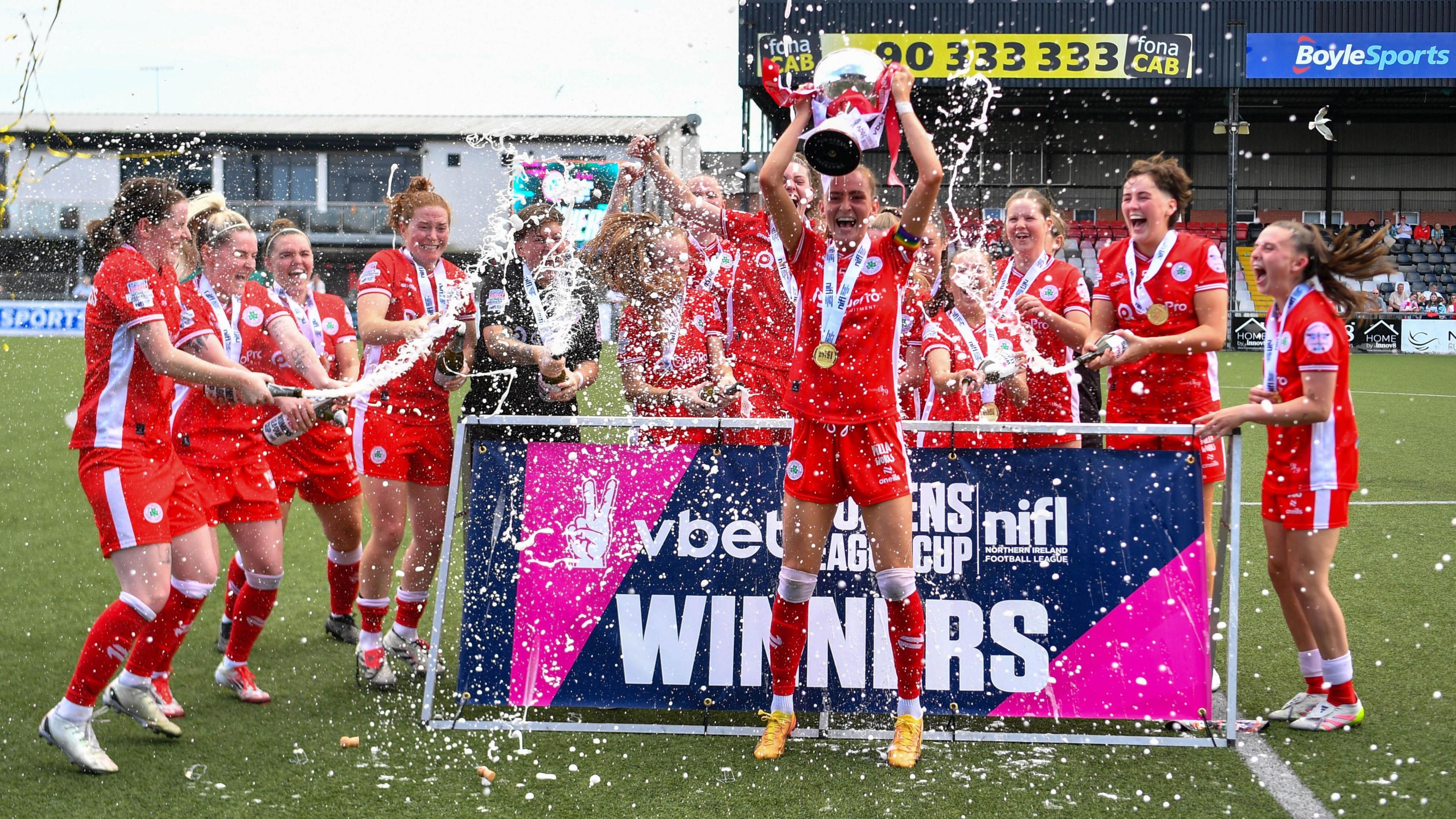 Image source, Pacemaker
Image source, Pacemaker
Cliftonville and Glentoran have dominated the domestic league in Northern Ireland in recent years
The numbers highlight a rise in participation in women's and girls' football across Northern Ireland.
In the latest strategy released by the Irish FA in March, the association states there has been an increase in participation - from 1,600 registered players in 2019 to 11,441 in 2024.
In theory, increased participation year-by-year should widen the potential pool of international players in the long run.
In the Women's Premiership, there has also been the introduction of professionalism by the Northern Ireland Football League and licencing.
Attendances at NIFL matches has risen by 59%, however there has not been a jump in crowds at post-Euros for international matches as might have been hoped.
In Northern Ireland's most recent eight home fixtures - a combination of Euro 2025 qualifiers and Nations League games that have been split across Windsor Park, Inver Park, Seaview and Mourneview Park - the average attendance has been 2,192.
Leaving out the final home match before the Euros against England, which drew a record crowd of 15,348, the average attendance of Northern Ireland's four other home competitive games in between securing Euros qualification in April 2021 and the finals the following summer was 2,521.
Northern Ireland's first two fixtures after the Euros were away in Luxembourg and Latvia, and the first home game wasn't until that November - an impressive win over Italy at a sold-out Seaview.
After that, their next home game was not until September 2023, when Oxtoby was in place, and with such breaks between home matches in the aftermath of the Euros - and only four matches in total in the 12 months following the tournament - it was nearly impossible to build any momentum on that front.
In the world rankings, Oxtoby's Northern Ireland are currently 44th. This is a rise of three places from three years ago, but the progress can be charted back to the 2017 Euros when NI, then under Alfie Wylie, were 60th.
What comes next?
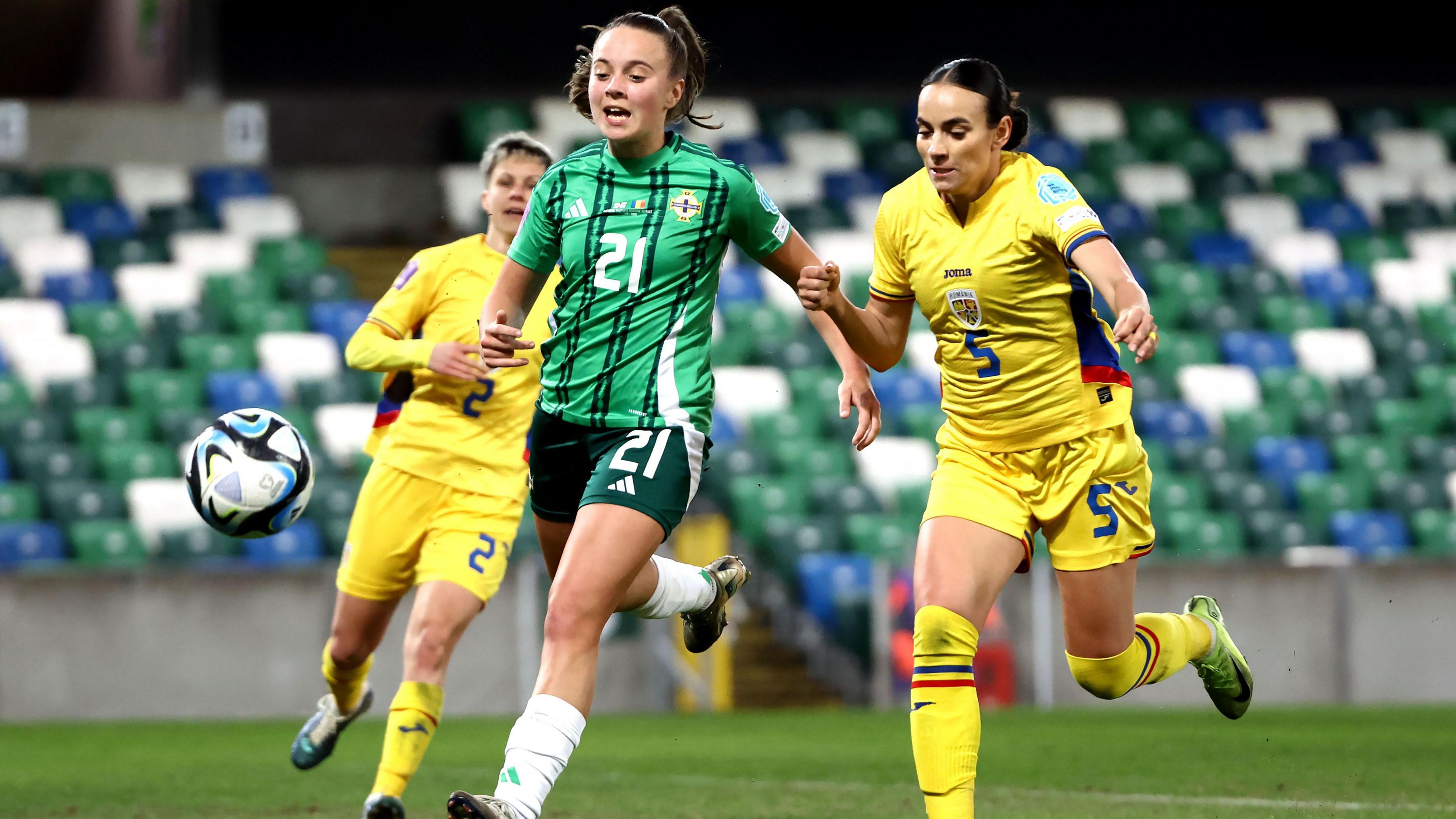 Image source, PressEye
Image source, PressEye
Glentoran teenager Kascie Weir is one of a number of young players to break into Tanya Oxtoby's squad
On the pitch, Northern Ireland are not back in action until October when they face Iceland in a Nations League promotion play-off as they look to reach League A for the first time.
Northern Ireland have yet to defeat a League A nation since Oxtoby took over, and that is the clearest obstacle to taking the next step.
So far, NI have impressed in patches against the likes of Norway, Poland, Portugal and the Republic of Ireland, but ultimately been outclassed each time. Whilst Iceland have been eliminated from Euro 2025 after defeats in their first two games, they will be another stern test.
Off the pitch, the Irish FA have released a women's and girl's strategy, which plans to build upon "five key pillars".
Grassroots football and the everyday game
Clubs and competitions
Performance pathway for young players
People development
Profile and visibility
It was a historic achievement to qualify for the Euros, but how far away are Northern Ireland from replicating that?
"I think we might be close a couple of times before it happens, but that will only add to the experience of the young group," added Furness.
"I definitely think the potential is there and I'm sure the staff who are in place now think that, or why would they be in place if they didn't think the potential wasn't there?
"In the next five years I would like to see us challenge again, and then it becomes the norm every few years.
"We've definitely got the potential in the next few years."

 Movie
Movie 1 month ago
87
1 month ago
87 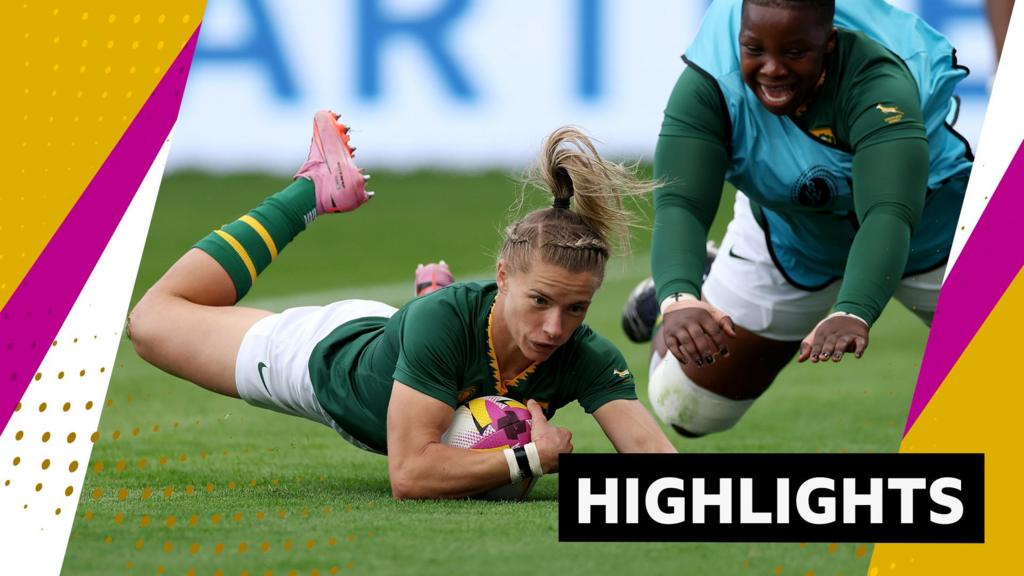
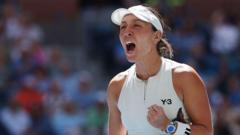
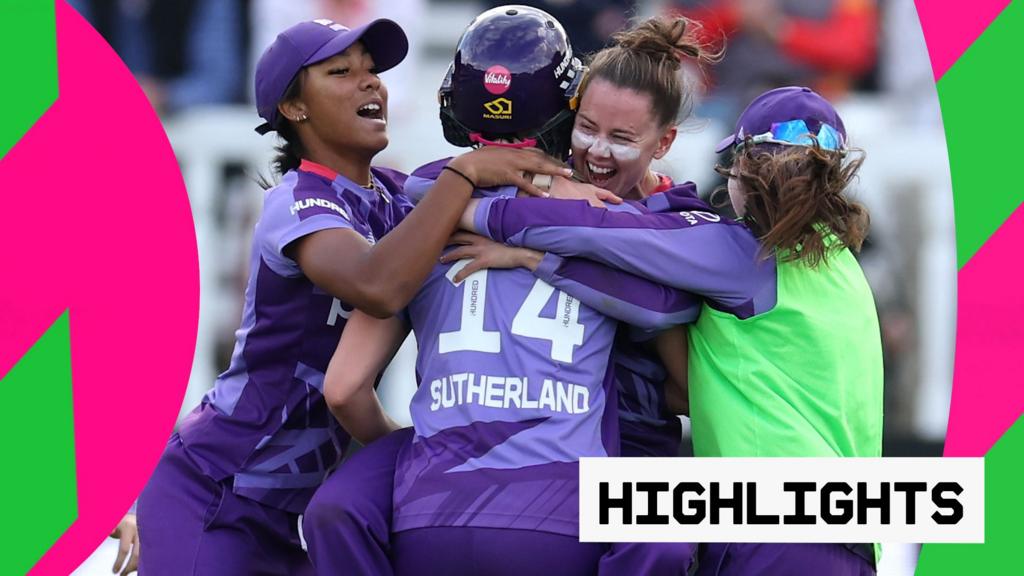
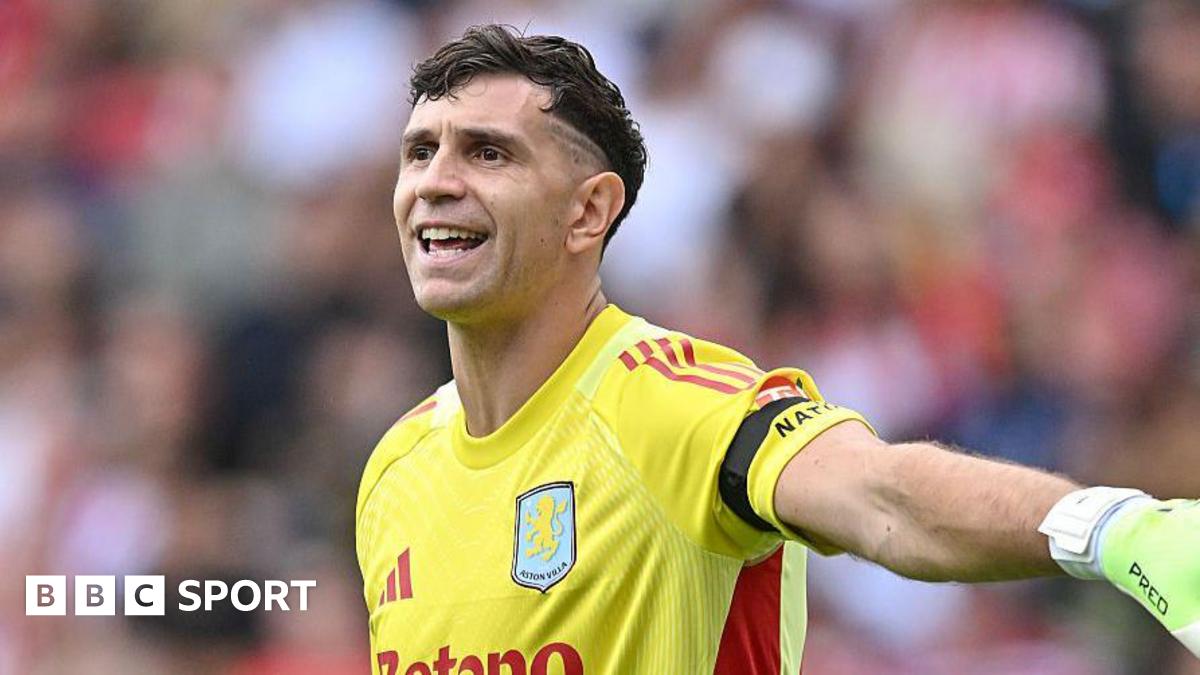
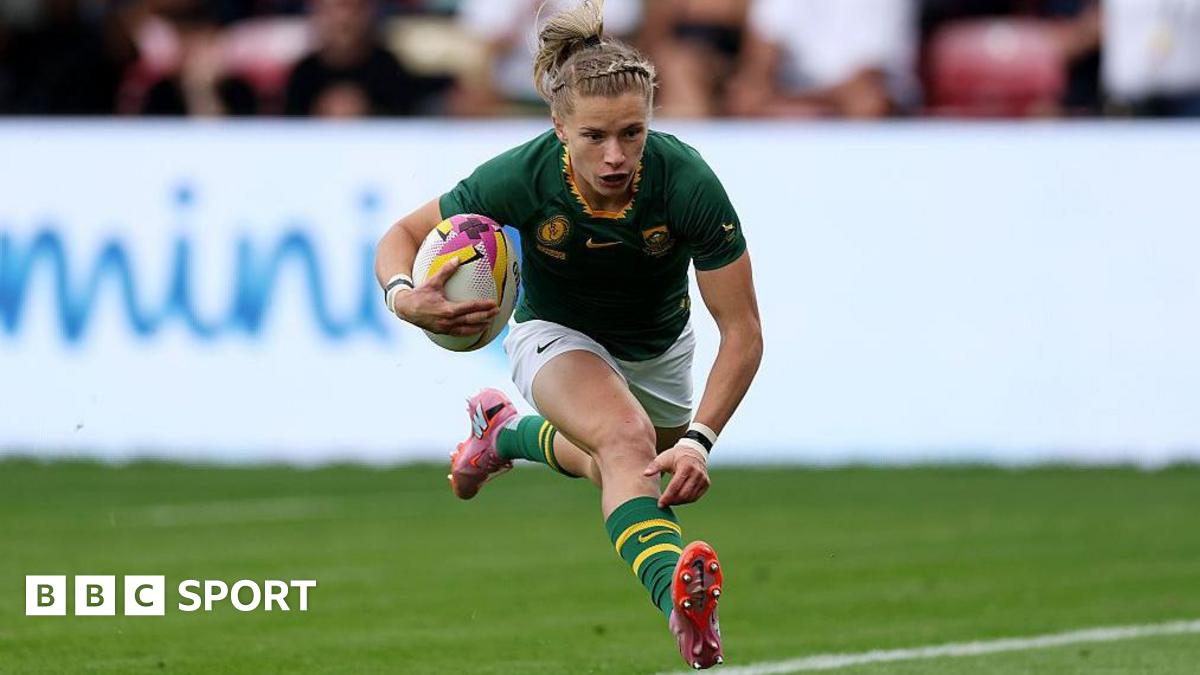


![Presidents Day Weekend Car Sales [2021 Edition] Presidents Day Weekend Car Sales [2021 Edition]](https://www.findthebestcarprice.com/wp-content/uploads/Presidents-Day-Weekend-car-sales.jpg)



 English (United States)
English (United States)